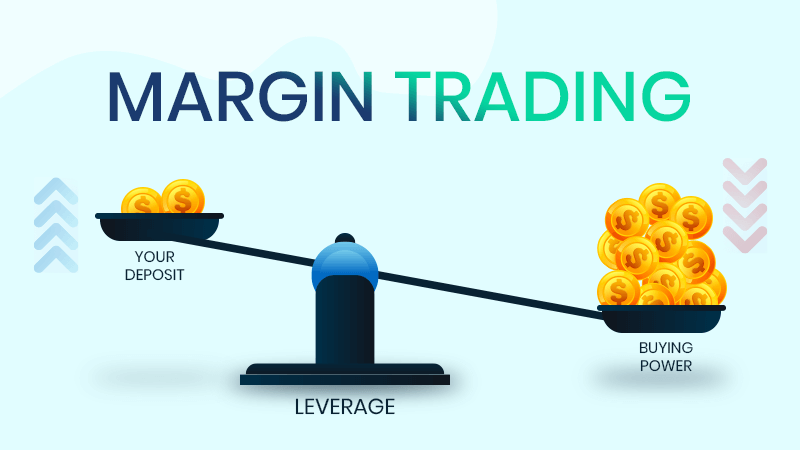What is margin in trading?
What is margin in trading?
A Forex trading margin is a ratio that defines the leverage a trader has in the market. Trading margins in the world of Forex range from 10:1 to 50:1 on average. So, when it comes to Forex trading, a $1 principal investment gives the trader the ability to trade from $10 to $50 worth of currency.
Trading forex on margin enables traders to increase their position size. Margin allows traders to open leveraged trading positions, giving them more exposure to the markets with a smaller initial capital outlay. Remember, margin can be a double-edged sword as it magnifies both profits and losses, as these are based on the full value of the trade, not just the amount required to open it.
Margin level = (equity / used margin) x 100
For the most part, Forex margins and stock market margins are about the same. However, there are a few key differences:
Margin Interest
A trading margin is essentially a loan. For every dollar the investor puts up, the broker adds a significant amount of money in Forex. However, Forex brokers generally don’t charge interest on the money they put toward your investments. On the other hand, stockbrokers generally charge interest on these loans.
Margin Size
In the stock market, brokers generally offer 2:1 margins; however, in the Forex market, the minimum margin a trader will generally find is 10:1. Therefore, Forex margins give traders more leverage in the market than stock market margins.
Margin Calls
Forex traders generally aren’t susceptible to margin calls. Unfortunately, that’s not the case for stock market investors. A margin call happens when a trade moves against the trader. At this point, brokers will require the investor to add to their cash deposits.
Buying on Margin
Buying on margin is borrowing money from a broker to purchase stock. You can think of it as a loan from your brokerage. Margin trading allows you to buy more stock than you’d be able to normally. To trade on margin, you need a margin account. This is different from a regular cash account, in which you trade using the money in the account.
By law, your broker is required to obtain your consent to open a margin account. The margin account may be part of your standard account opening agreement or maybe a completely separate agreement. An initial investment of at least $2,000 is required for a margin account, though some brokerages require more. This deposit is known as the minimum margin.
Once the account is opened and operational, you can borrow up to 50% of the purchase price of a stock. This portion of the purchase price that you deposit is known as the initial margin. It’s essential to know that you don’t have to margin up to 50%. You can borrow less, say 10% or 25%. Be aware that some brokerages require you to deposit more than 50% of the purchase price.
